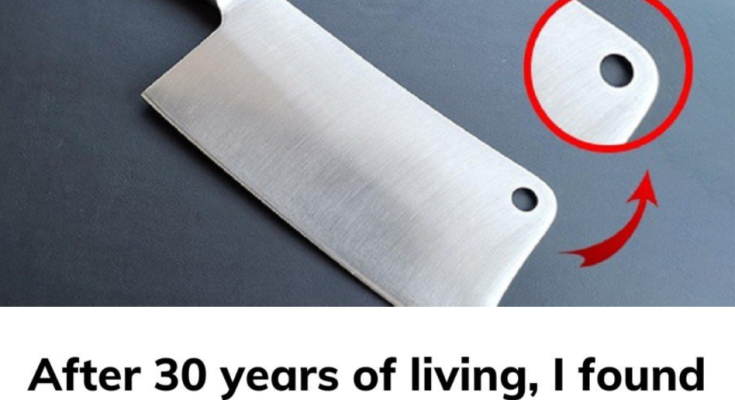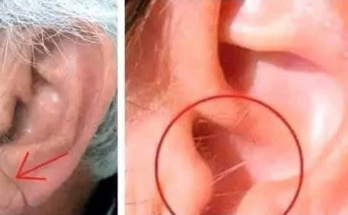Have you ever noticed the small hole near the spine of some knives and wondered about its purpose? While it might appear to be a simple design feature, this seemingly minor detail actually serves several practical purposes.
First and foremost, the hole reduces the overall weight of the knife without compromising its structural integrity. This is particularly useful in pocket knives or utility blades where portability is essential. The small hole is a clever way to enhance the knife’s ergonomics, making it lighter and easier to handle.

Another common reason for the hole is to assist with opening and handling. In folding knives, for instance, the hole can serve as a thumb hole, allowing the user to open the blade with one hand. This is especially convenient for tasks that require efficiency and speed, such as outdoor activities or tactical situations.
The hole can also function as an attachment point. For example, users can thread a lanyard or cord through the hole to secure the knife to their wrist, belt, or backpack. This prevents accidental loss, especially when working in rugged environments like hiking trails, fishing trips, or construction sites.
In some cases, the hole plays a role in balancing the knife. By strategically removing material, manufacturers can adjust the center of gravity to ensure better control and precision during use.
Lastly, the hole is sometimes a signature design element, reflecting the brand’s craftsmanship or unique aesthetic. Knives from certain manufacturers, like Spyderco, are instantly recognizable by their iconic hole feature.
Though small and easily overlooked, the hole in a knife is a prime example of how functionality meets design. It embodies thoughtful engineering, ensuring that every aspect of the knife contributes to its usability and versatility.



